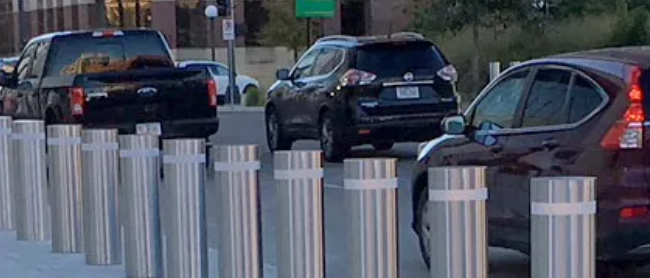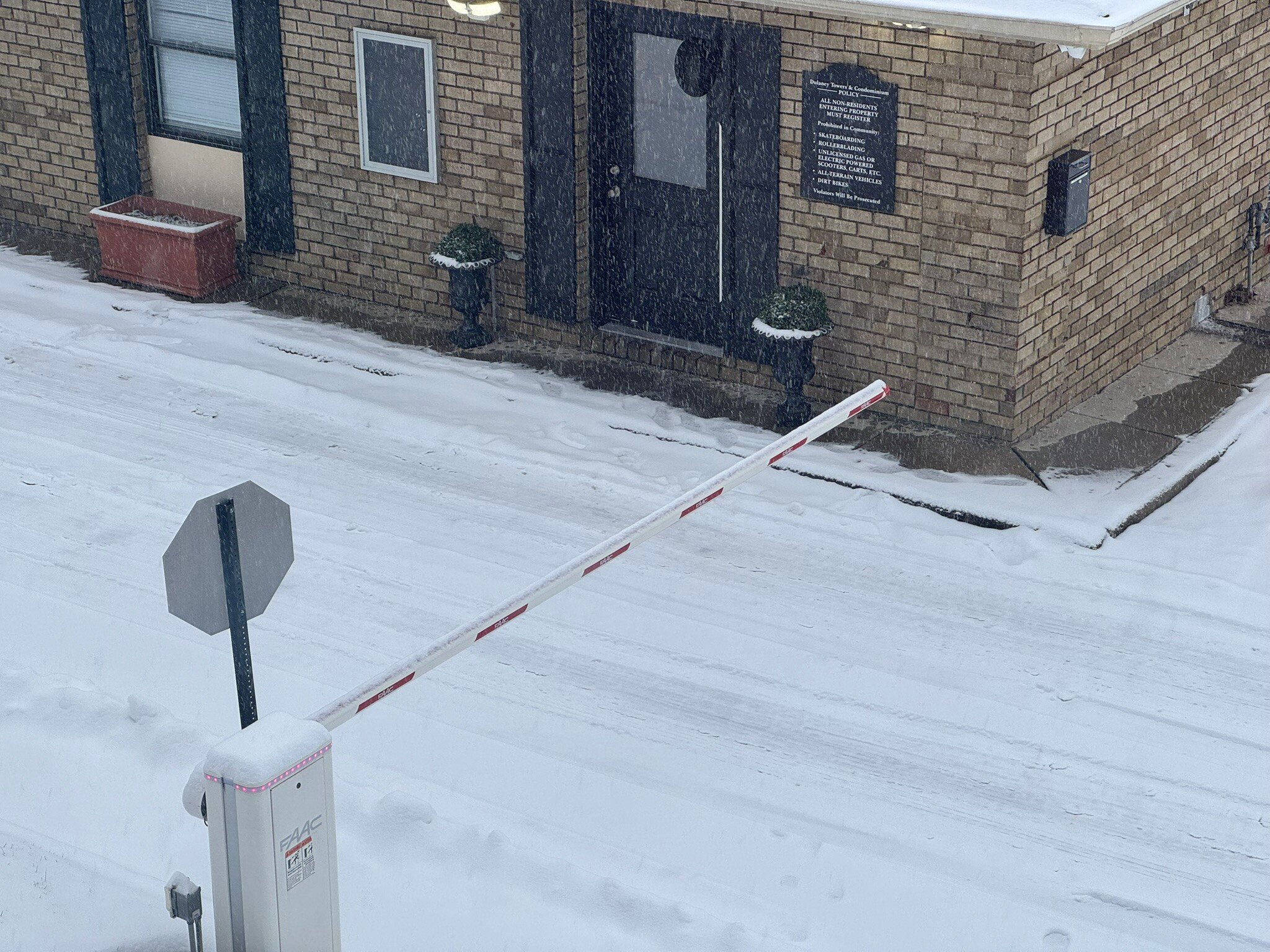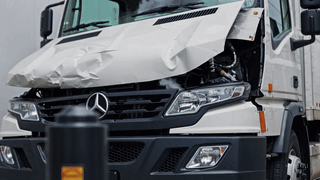Enhancing Bollard and Barrier Effectiveness Through Adequate Lighting
Last year, we wrote our first article about considering the deployment of bollards and barriers to protect pedestrians and property from vehicles. ...

Veteran Owned Small Business (VOSB) is a company diversity registration designated under the Veteran Benefits, Health Care, and Information Technology Act of 2006 (Public Law 109-461). Registration ensures that companies qualify for preferential procurement for federal contracts if they are owned and controlled by Veterans.
This certification is non-industry specific and requires that the firm meets the small business requirements established by the Small Business Administration (SBA). Additionally, it requires that the company is at least 51% owned, operated and controlled by a veteran.
2 min read
![]() Theseus Team
:
Jan 28, 2025 1:22:27 PM
Theseus Team
:
Jan 28, 2025 1:22:27 PM

Last year, we wrote our first article about considering the deployment of bollards and barriers to protect pedestrians and property from vehicles. Bollards and barriers play a critical role in ensuring safety and security in various environments. They provide physical protection against vehicle intrusions, delineate pedestrian areas, and enhance the overall organization of spaces.
Today, let's discuss the importance of adding adequate lighting to the area where these barriers and bollards are placed. While much attention is rightly given to their design, placement, and material durability, one often overlooked yet essential factor is lighting.
Proper illumination of areas with bollards is vital for several reasons:
Improved Visibility: Adequate lighting ensures that bollards are clearly visible to both drivers and pedestrians, reducing the risk of accidents. This is especially important at night or in low-light conditions, where poorly lit bollards may go unnoticed.
Enhanced Deterrence: Integrated lighting can make bollards more prominent, signaling their presence and purpose. This visual cue can deter unauthorized vehicle access and other potential security threats.
Aesthetic Integration: Well-lit bollards contribute to the overall appearance of a space. By combining functional lighting with design, organizations can create environments that are both secure and visually appealing.
Safety for Pedestrians: Illuminated bollards can guide pedestrians, making walkways safer and easier to navigate. This is particularly beneficial in areas with high foot traffic, such as urban centers, shopping districts, and campus environments.
When incorporating lighting into bollard systems, there are several approaches to consider:
Integrated Lighting: Bollards with built-in LED lighting provide direct illumination and create a cohesive look. These can be powered by wired connections or solar energy, offering flexibility based on the location.
Supplementary Area Lighting: In addition to integrated lights, strategically placed overhead or ground-level lighting can further enhance visibility. This layered approach ensures consistent illumination across the entire area.
Motion-Activated Lighting: Adding motion sensors to bollard lighting can improve energy efficiency while also drawing attention to movement in the area—an added security feature.
To maximize the effectiveness of bollard lighting, it is essential to consider the following:
Consistency: Ensure even illumination to avoid creating shadows or dark spots that could obscure bollards or pathways.
Weather Resistance: Select lighting systems designed to withstand environmental conditions such as rain, snow, and extreme temperatures.
Compliance with Standards: Adhere to local lighting regulations and standards to ensure the safety and effectiveness of the installation.
Energy Efficiency: Opt for energy-efficient solutions like LED lights or solar-powered systems to minimize operational costs and environmental impact.
Incorporating adequate lighting into bollard systems is a crucial yet often underemphasized aspect of enhancing their functionality and effectiveness. By prioritizing visibility, security, and aesthetics, lighting can transform bollards from simple physical barriers into integral components of a comprehensive safety and security strategy. Organizations should consider lighting not as an afterthought but as a fundamental element in the design and deployment of bollard systems, ensuring safer and more secure environments for everyone.
Check out our comprehensive article about bollards and barriers here:
 BONUS: DOWNLOAD OUR FREE IN-HOUSE SECURITY RISK ASSESSMENT CONSIDERATIONS GUIDE
BONUS: DOWNLOAD OUR FREE IN-HOUSE SECURITY RISK ASSESSMENT CONSIDERATIONS GUIDE
Security professionals are constantly looking for innovative ways to secure their facility and provide a safe environment within their budget. And, they are also constantly looking for resources to help them achieve that mission while expert advice is hard to come by.
Fortunately, we have released a considerations guide that will help security professionals perform their own in-house security risk assessment.
|
What's Inside? This guide is intended to assist you with performing an in-house physical security risk assessment. In many cases, assistance from a third-party expert, like Theseus Professional Services, is required. Identification of missing or inadequate physical security measures that safeguard assets (people, property, and information) and critical business functions is of paramount importance. The findings of a security risk assessment are used to measure and communicate the level of risk to the organization.
|
Photo credit: Sloan Security Group

Last year, we wrote our first article about considering the deployment of bollards and barriers to protect pedestrians and property from vehicles. ...

Winter storms and other harsh weather events pose significant challenges for security systems. Snow, ice, wind, driving rain, and low temperatures...

Bad news again hits the airwaves over the New Years holiday after a horrible incident in Germany at a Christmas Market. This time a vehicle attack in...